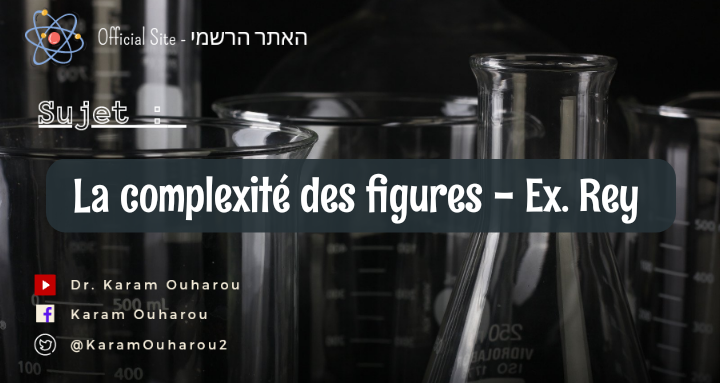Coherent Simulation of Correlated Electron Systems using Hole Spins in Germanium Quantum Dots
Coherent Simulation of Correlated Electron Systems using Hole Spins in Germanium Quantum Dots
Abstract:
Simulating condensed matter systems beyond the capabilities of classical computers is a promising avenue for advancing our understanding of quantum phenomena. Quantum dots and donors in semiconductor technology offer a natural platform for implementing quantum simulation. While various material platforms have been explored for studying interacting charge and spin states, the challenge of decoherence has limited the realization of coherent quantum dynamics. In this study, we introduce quantum simulation using hole spins in germanium quantum dots, showcasing extensive and coherent control over multi-spin states in isolated, paired, and fully coupled quantum dots. Specifically, we focus on simulating resonating valence bonds (RVBs) and measure the evolution between singlet product states, which remains coherent over many periods. Additionally, we demonstrate the realization of four-spin states with s-wave and d-wave symmetry. These results provide a pathway for performing non-trivial and coherent simulations of correlated electron systems using highly tunable quantum systems.
 |
| Figure 1 |
Quantum simulation offers a promising approach for studying complex quantum systems that are challenging to model using classical computers. Semiconductor-based quantum dots and donors have emerged as versatile platforms for implementing quantum simulation due to their controllability and scalability. While various material systems have been explored to investigate interacting charge and spin states, the issue of decoherence has been a significant hurdle in achieving coherent quantum dynamics. In this work, we introduce the utilization of hole spins in germanium quantum dots for quantum simulation, overcoming some of the limitations faced by previous platforms.
Our quantum simulation platform comprises germanium quantum dots hosting hole spins. Germanium's unique properties, such as strong spin-orbit coupling and long coherence times, make it an ideal choice for investigating coherent quantum dynamics. We establish extensive control over the quantum dots, enabling precise manipulation of multi-spin states. By tuning the electrostatic environment, we achieve isolation, pairing, and full coupling of quantum dots, expanding the range of simulations that can be performed.
Resonating valence bonds (RVBs) are of particular interest due to their relevance to exotic quantum states, including high-temperature superconductors. In our study, we focus on simulating RVBs using the controlled evolution of singlet product states. By applying tailored control sequences, we measure the coherence and stability of the RVB simulation over multiple periods, demonstrating the robustness of our approach in capturing the essence of RVB behavior.
To further showcase the capabilities of our platform, we extend our simulations to the realization of four-spin states with s-wave and d-wave symmetry. By engineering the exchange interactions between the hole spins, we create entangled states that exhibit unique properties associated with correlated electron systems. These results highlight the versatility of our quantum simulation approach in exploring a wide range of quantum phenomena.
One of the key challenges in quantum simulation is preserving coherence over extended periods. Our experiments demonstrate that the coherent evolution of multi-spin states in germanium quantum dots can be maintained over many periods, suggesting the potential for performing non-trivial simulations of correlated electron systems. While our study focuses on RVBs and four-spin states, our platform can be extended to investigate other quantum systems, such as spin liquids and quantum phase transitions.
In this research article, we have presented a comprehensive study on quantum simulation using hole spins in germanium quantum dots. Our results demonstrate extensive and coherent control over multi-spin states, enabling the simulation of resonating valence bonds and the realization of four-spin states with s-wave and d-wave symmetry. These findings represent a significant step towards performing non-trivial and coherent simulations of correlated electron systems using highly tunable quantum systems. The insights gained from this study provide valuable contributions to the field of quantum simulation and open up new possibilities for investigating complex quantum phenomena in condensed matter systems.

Comments